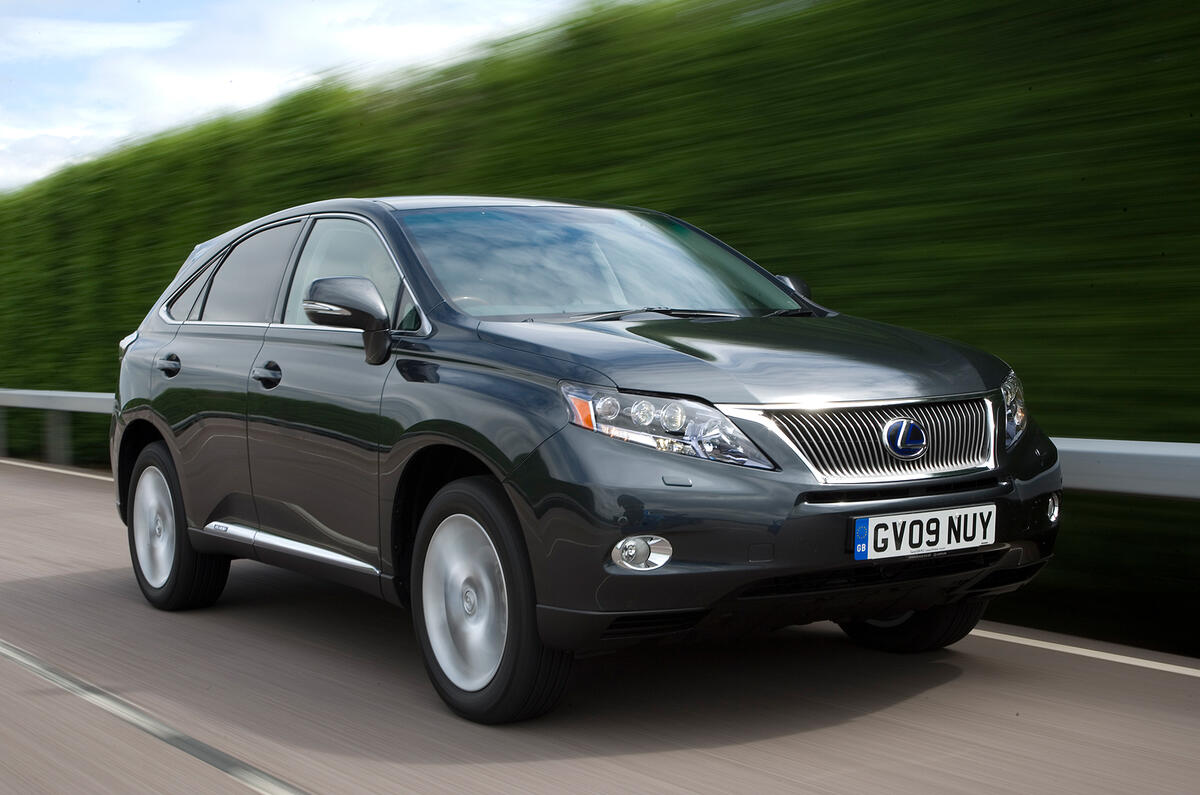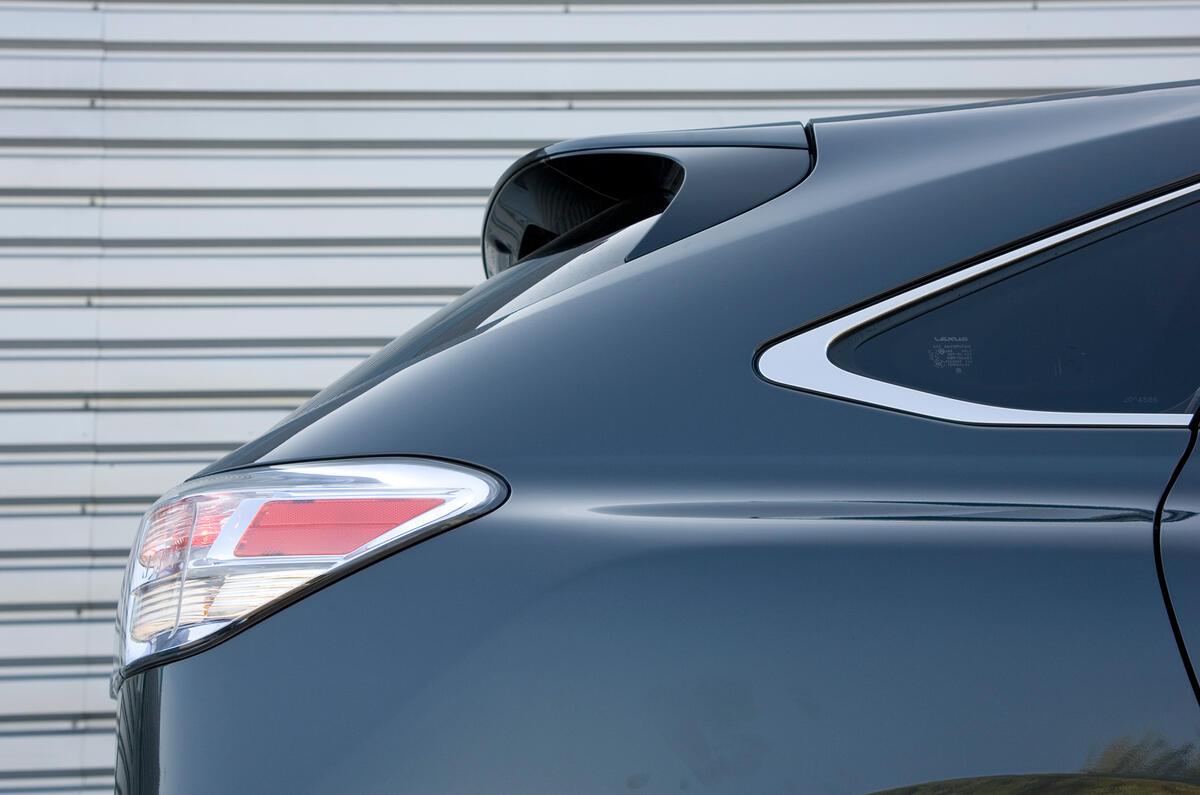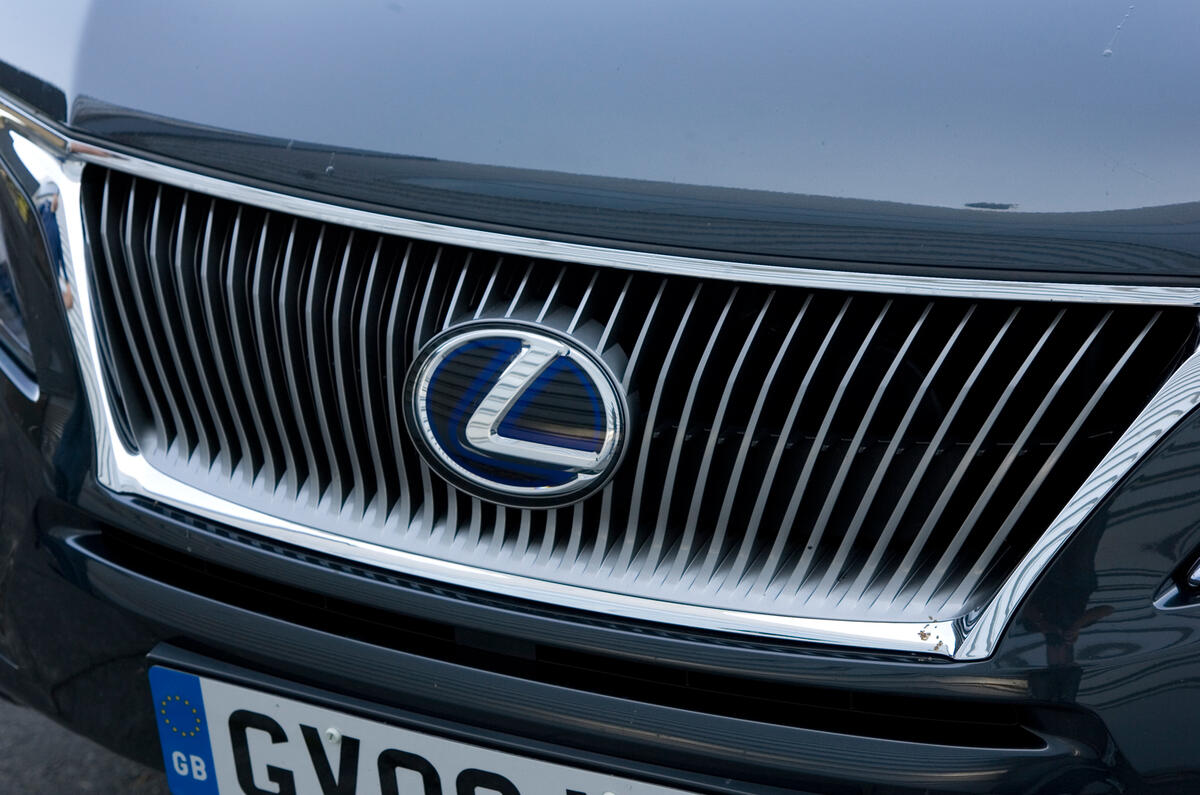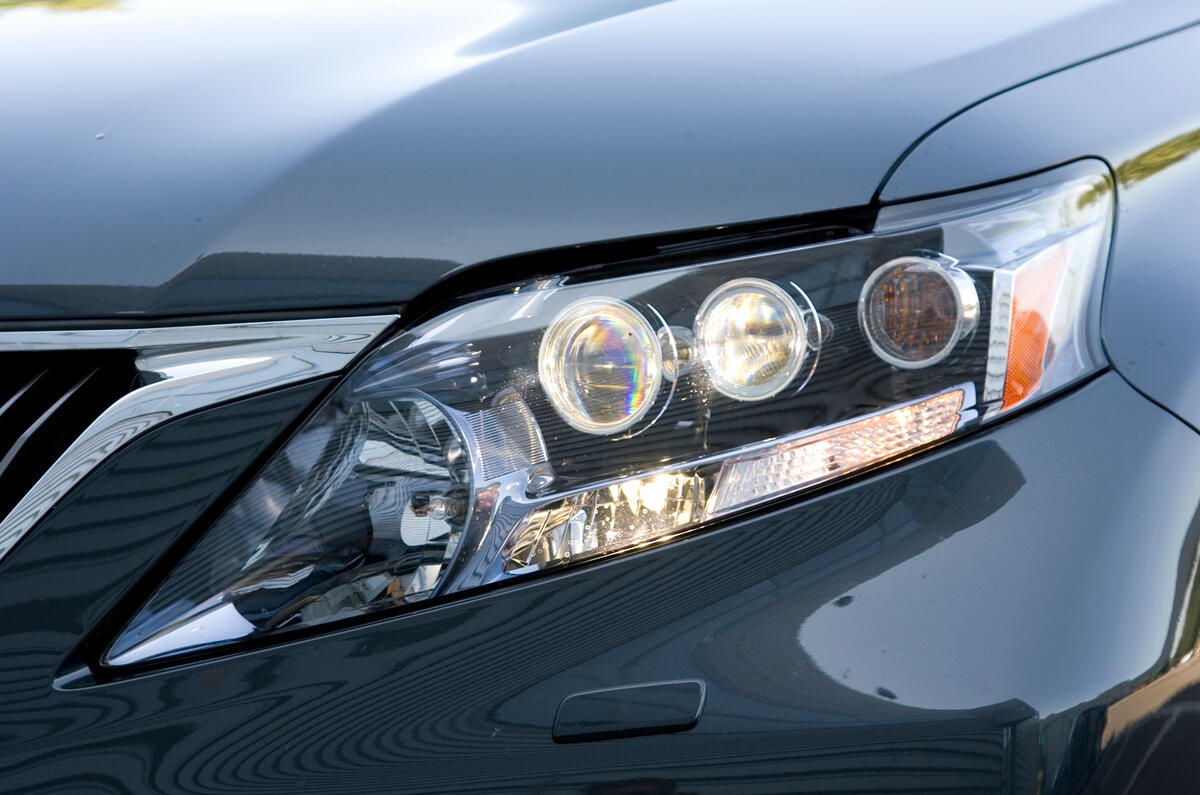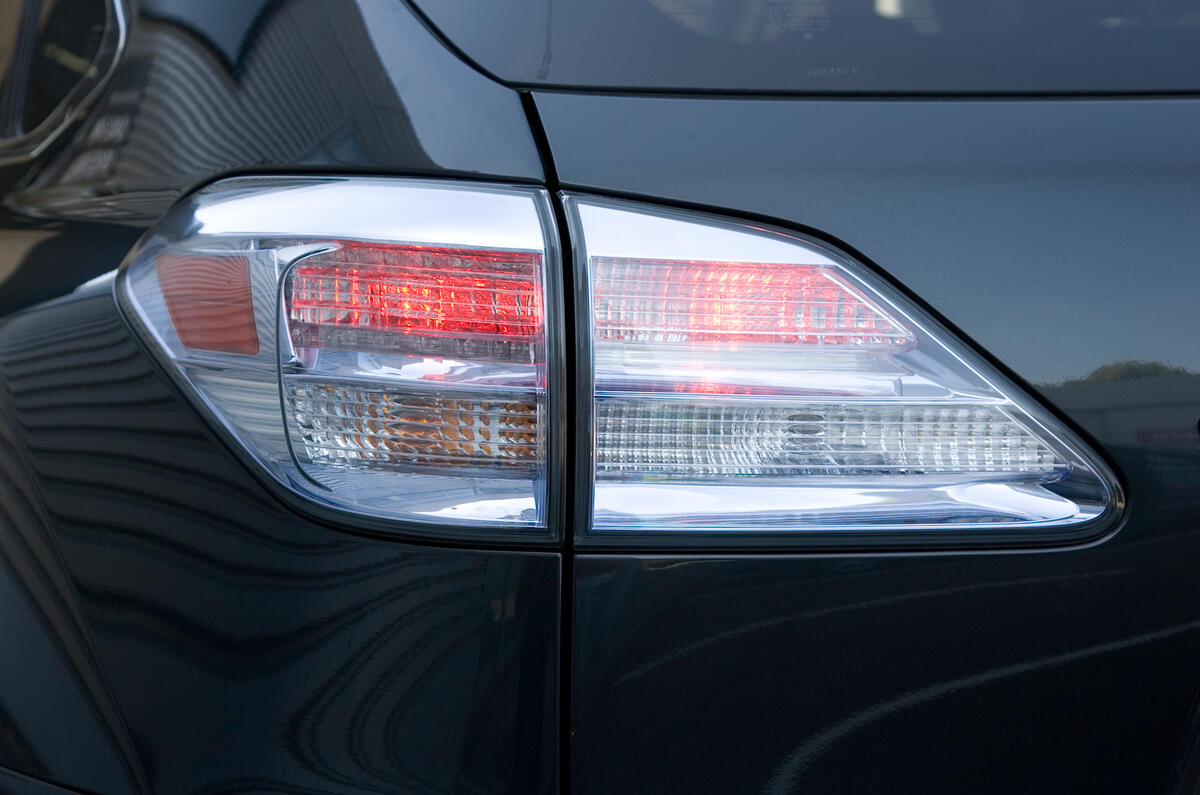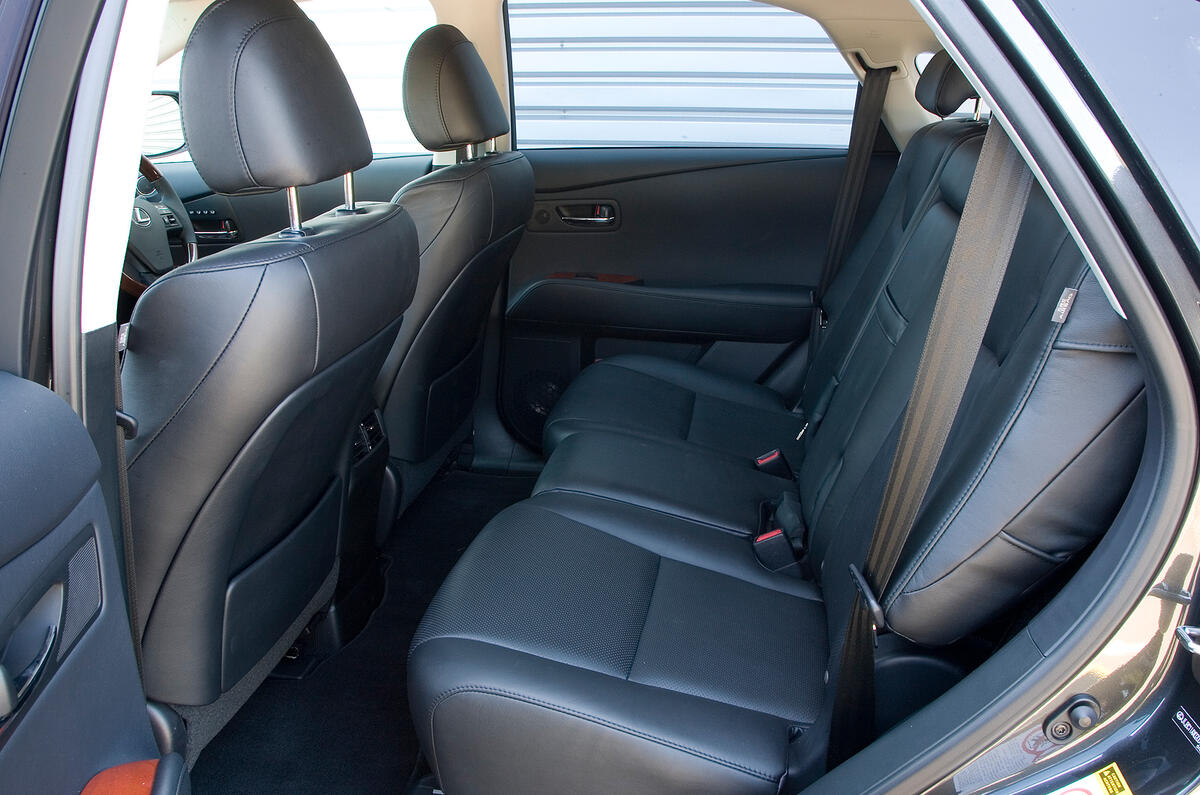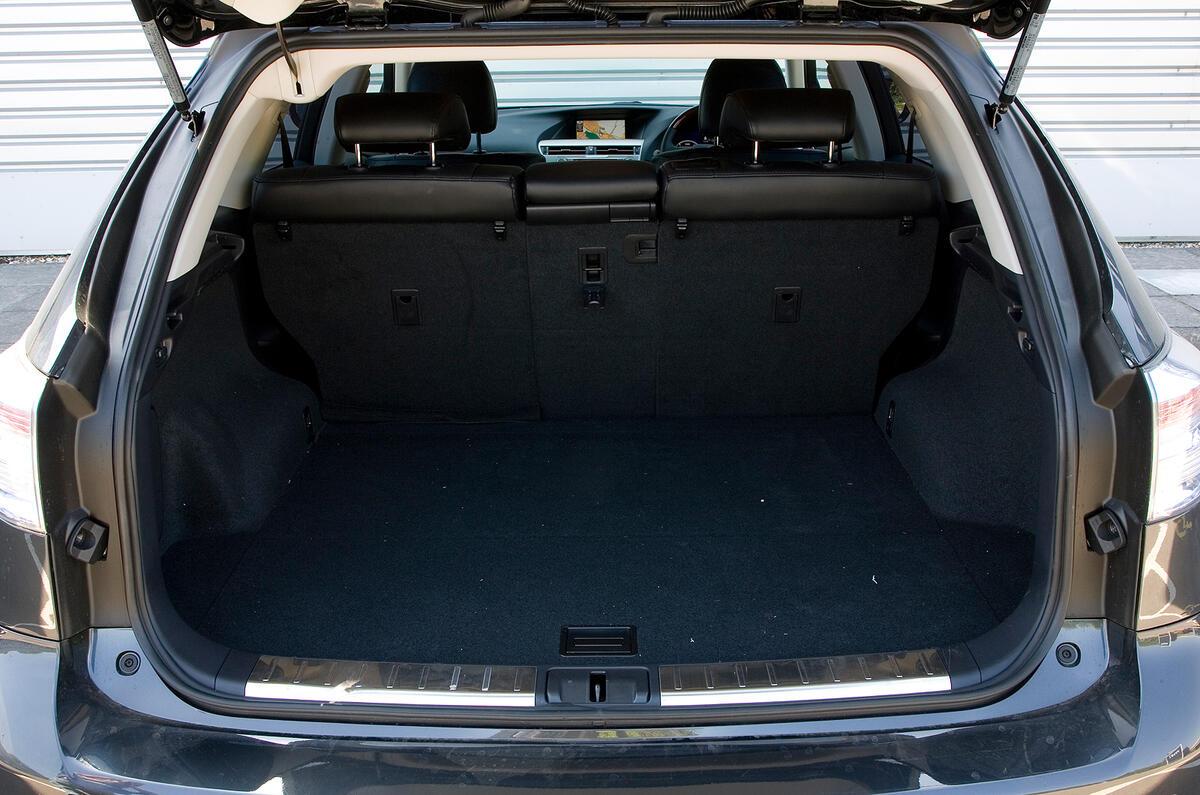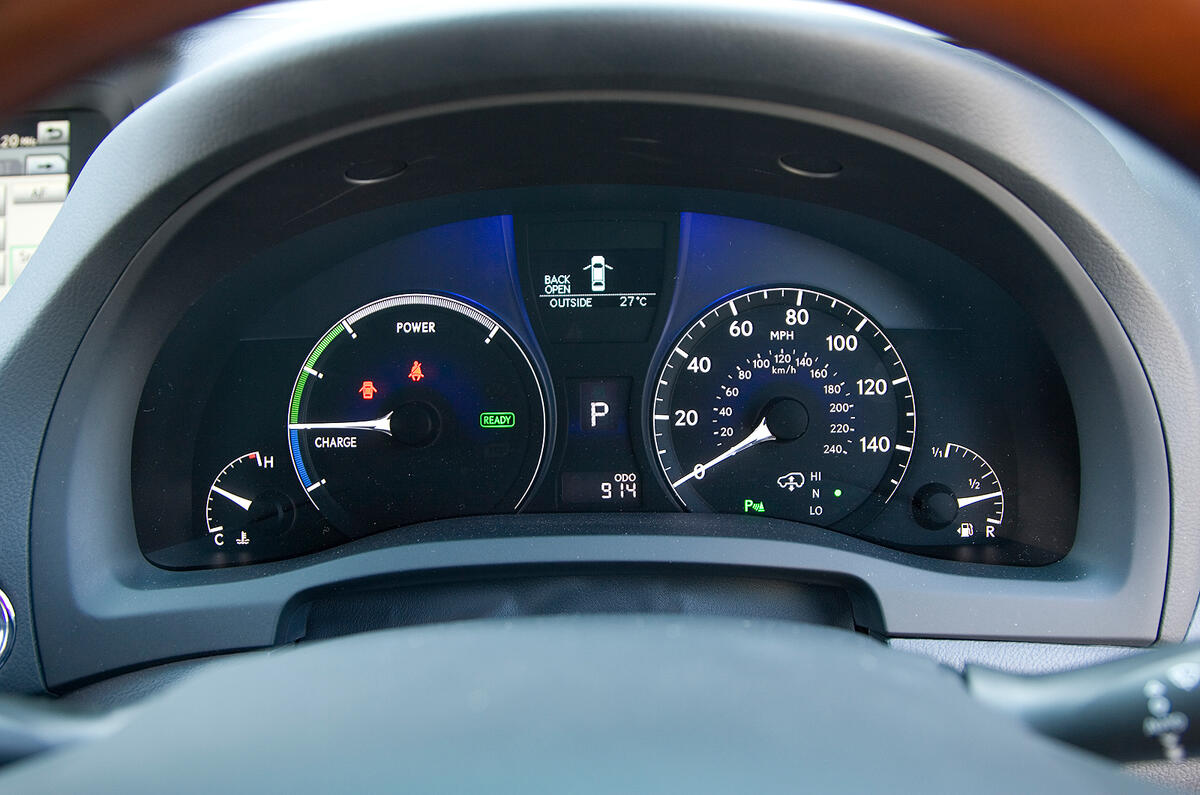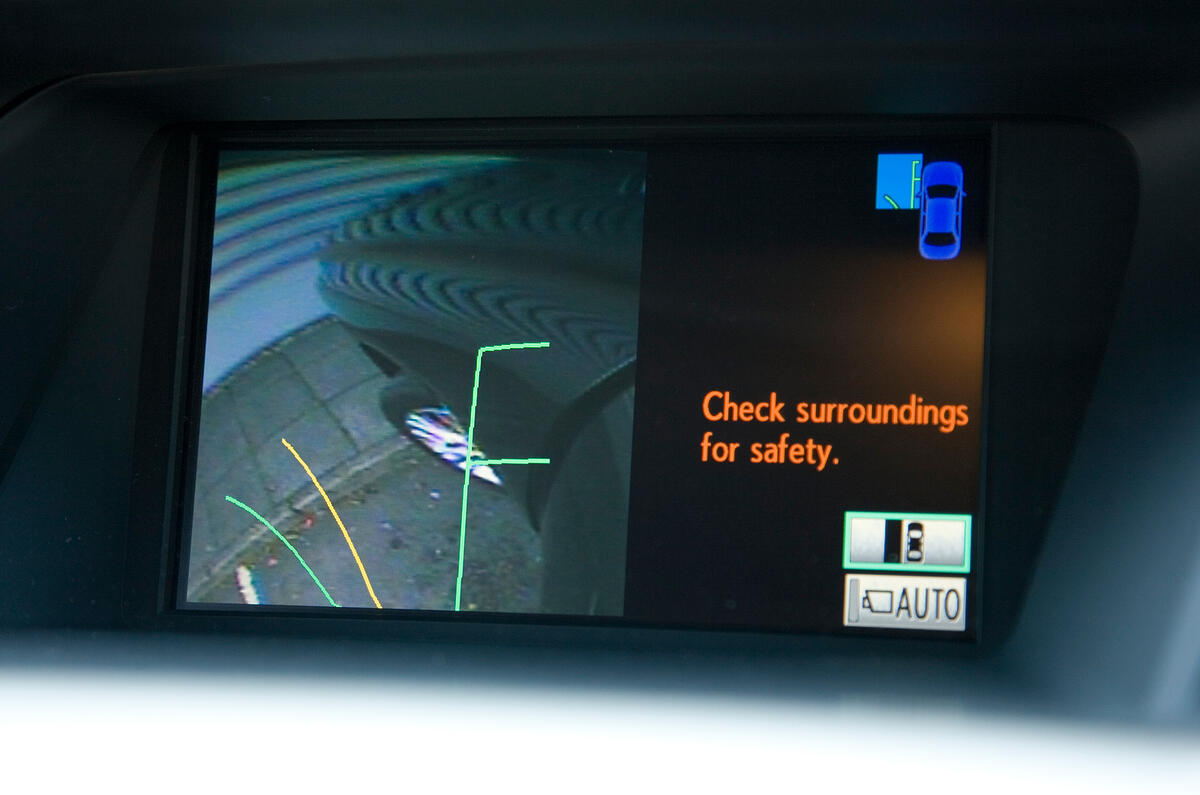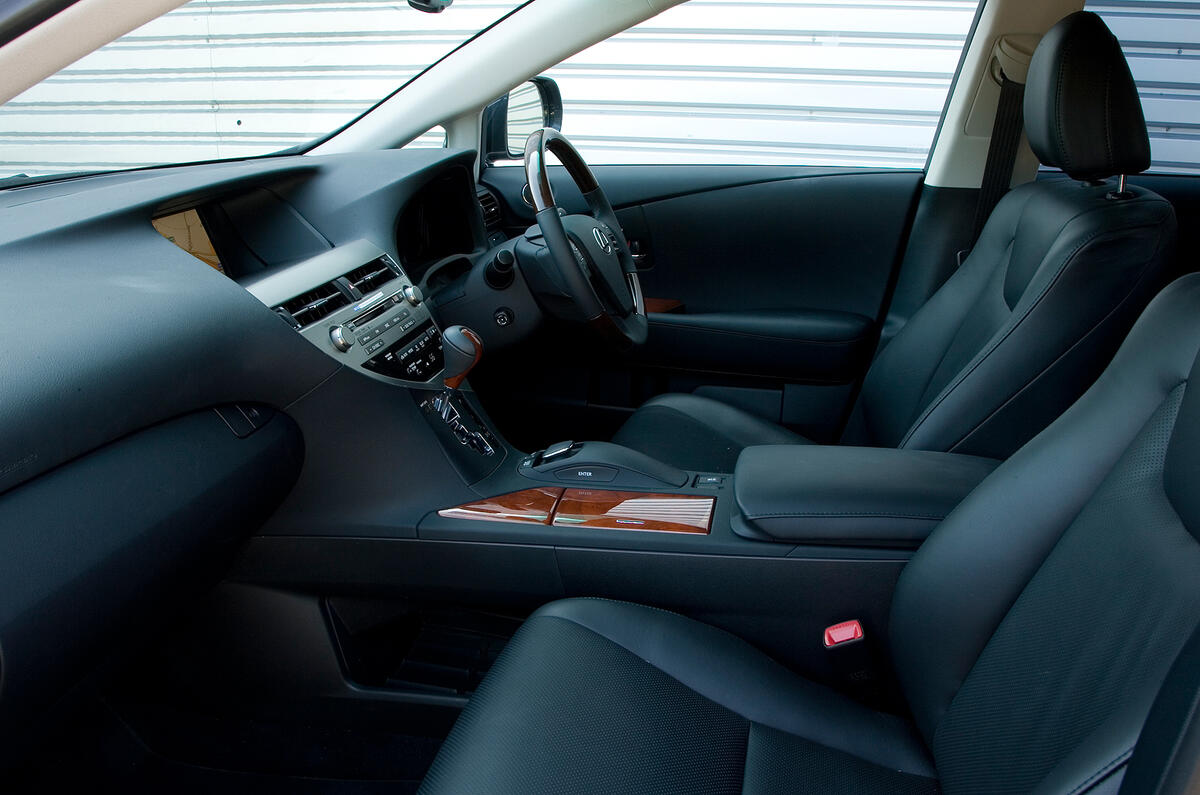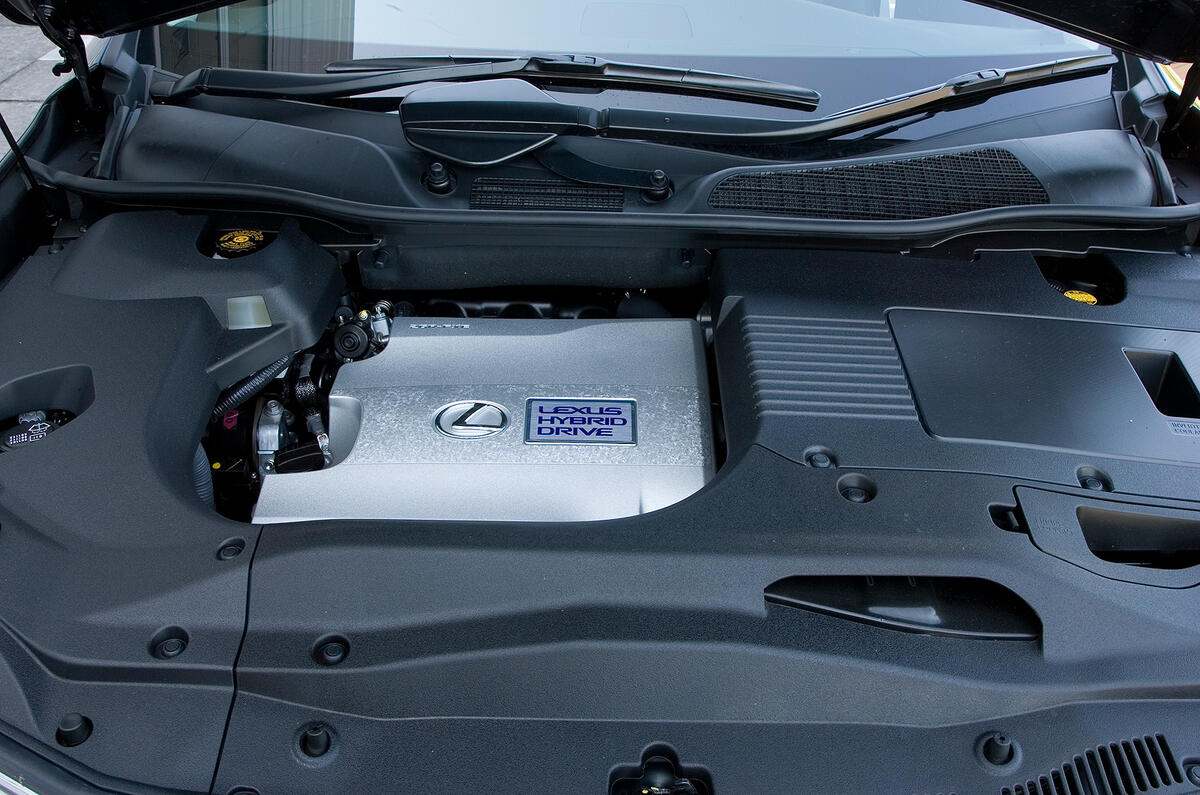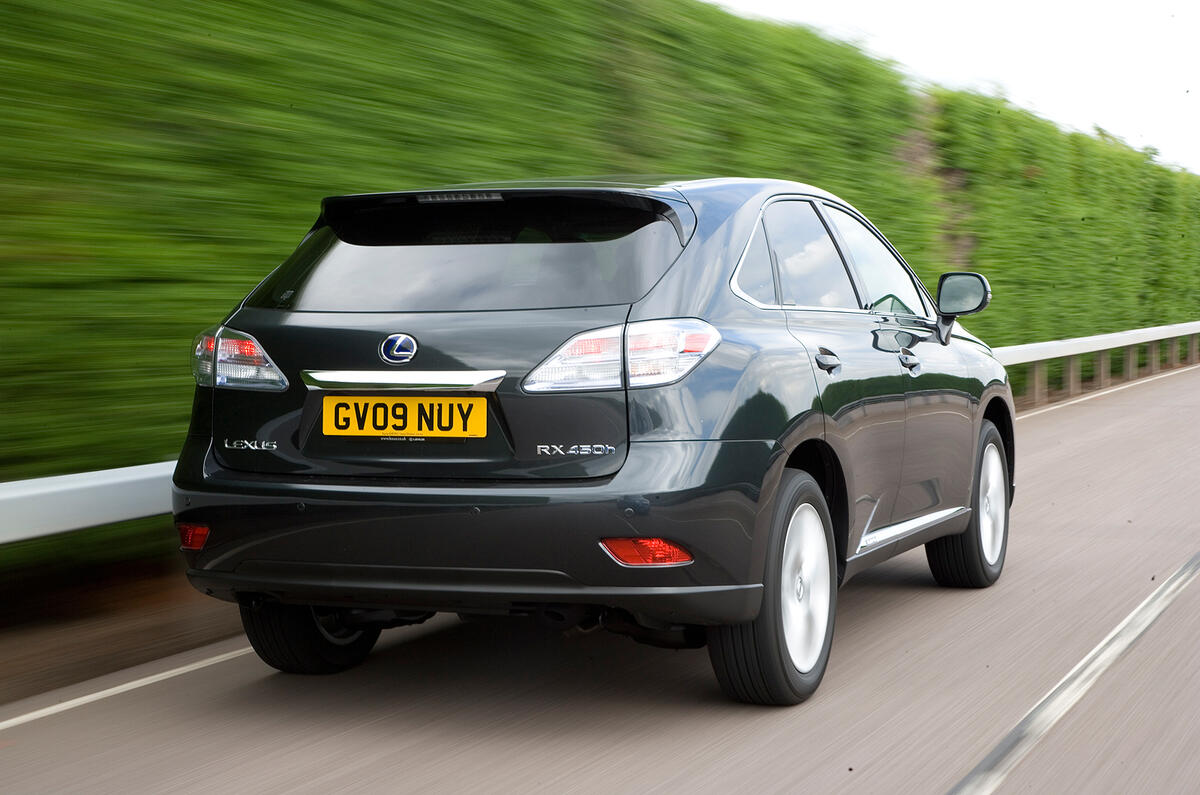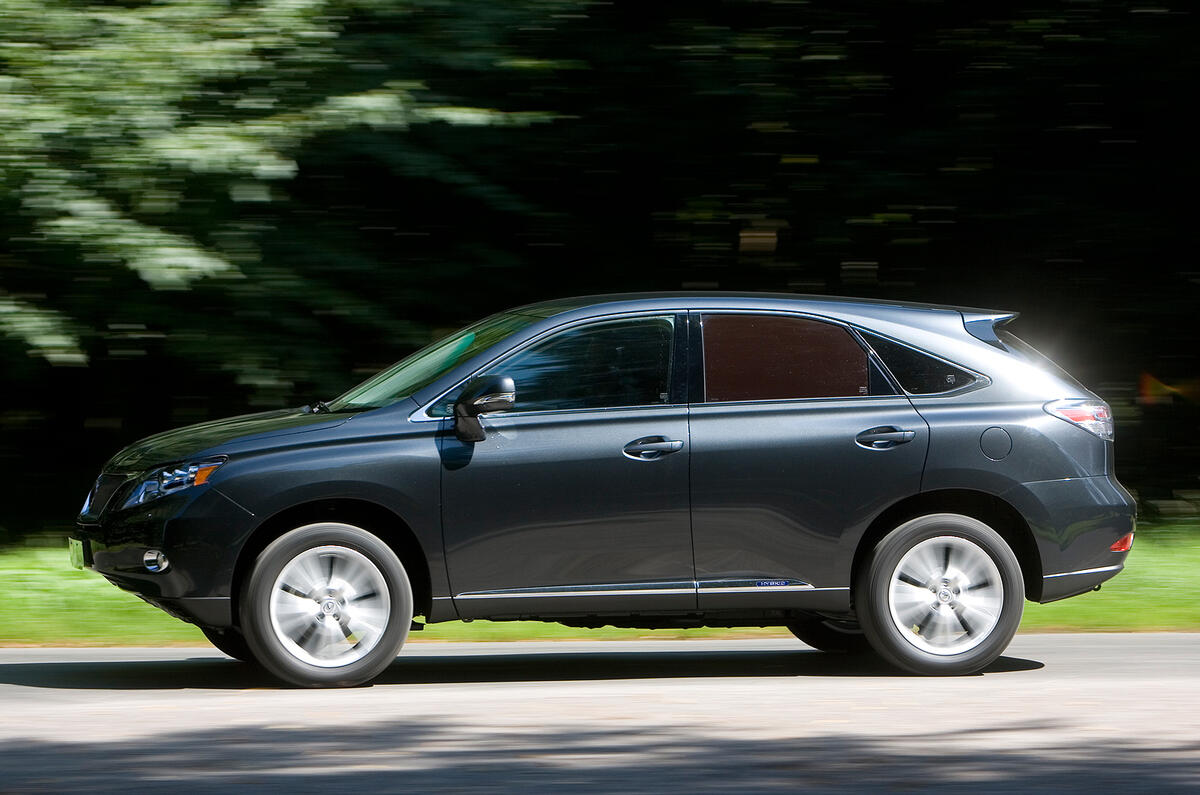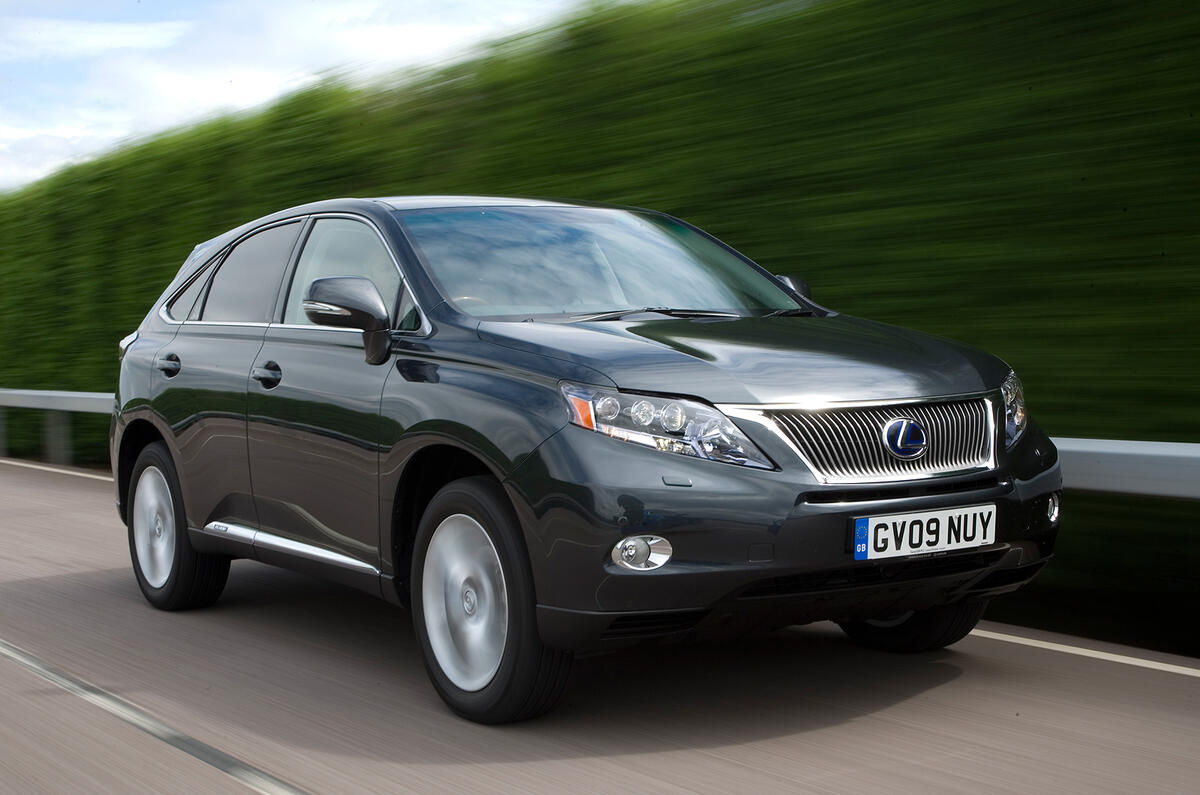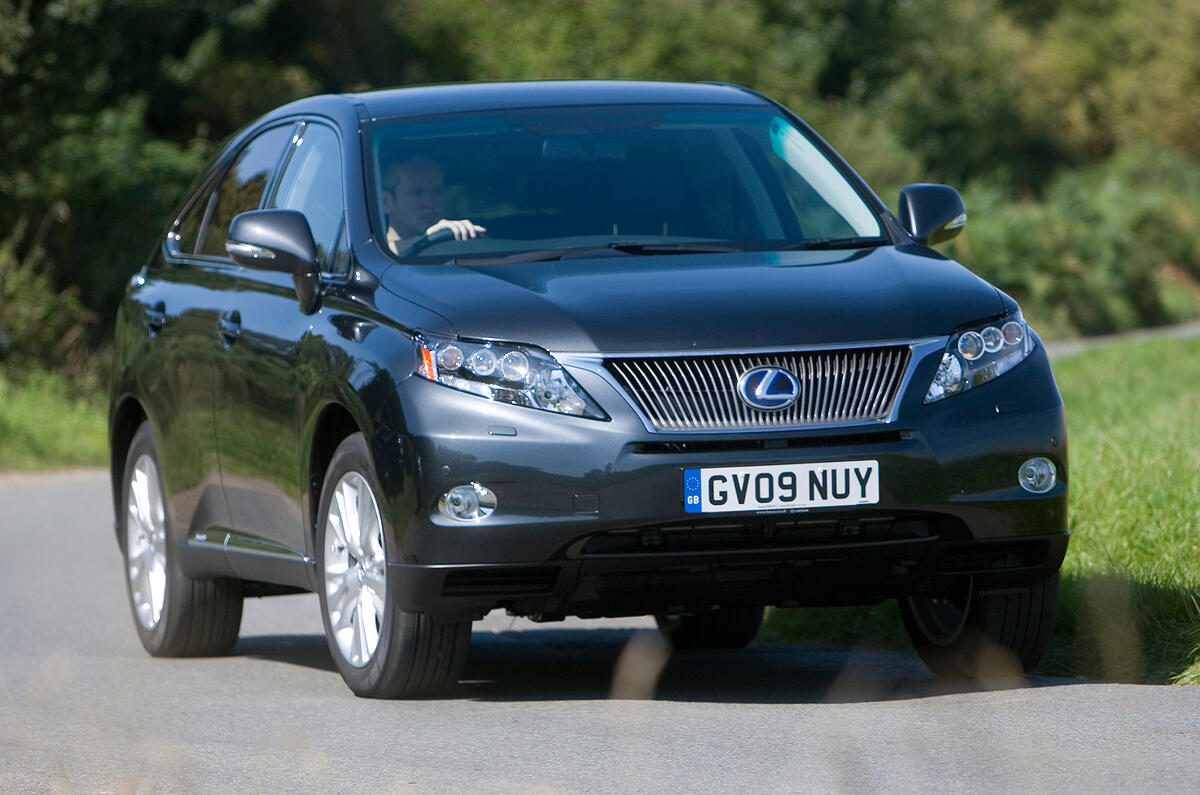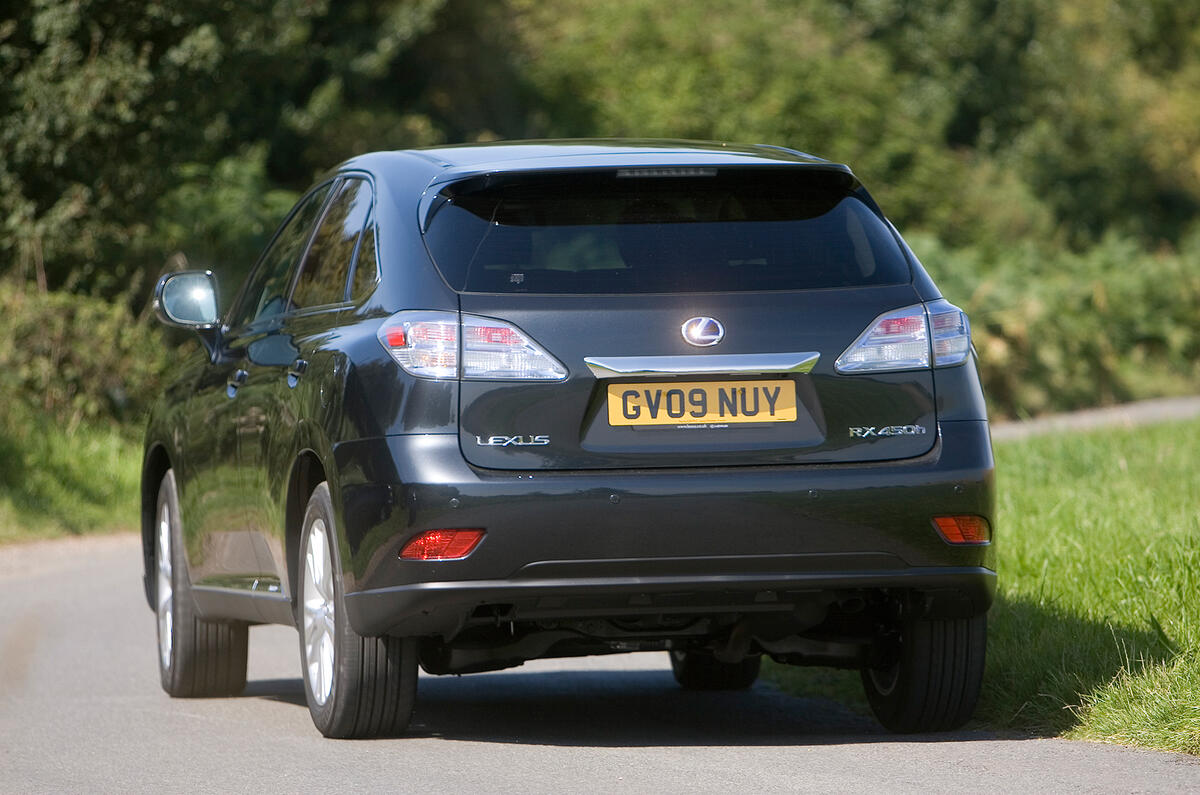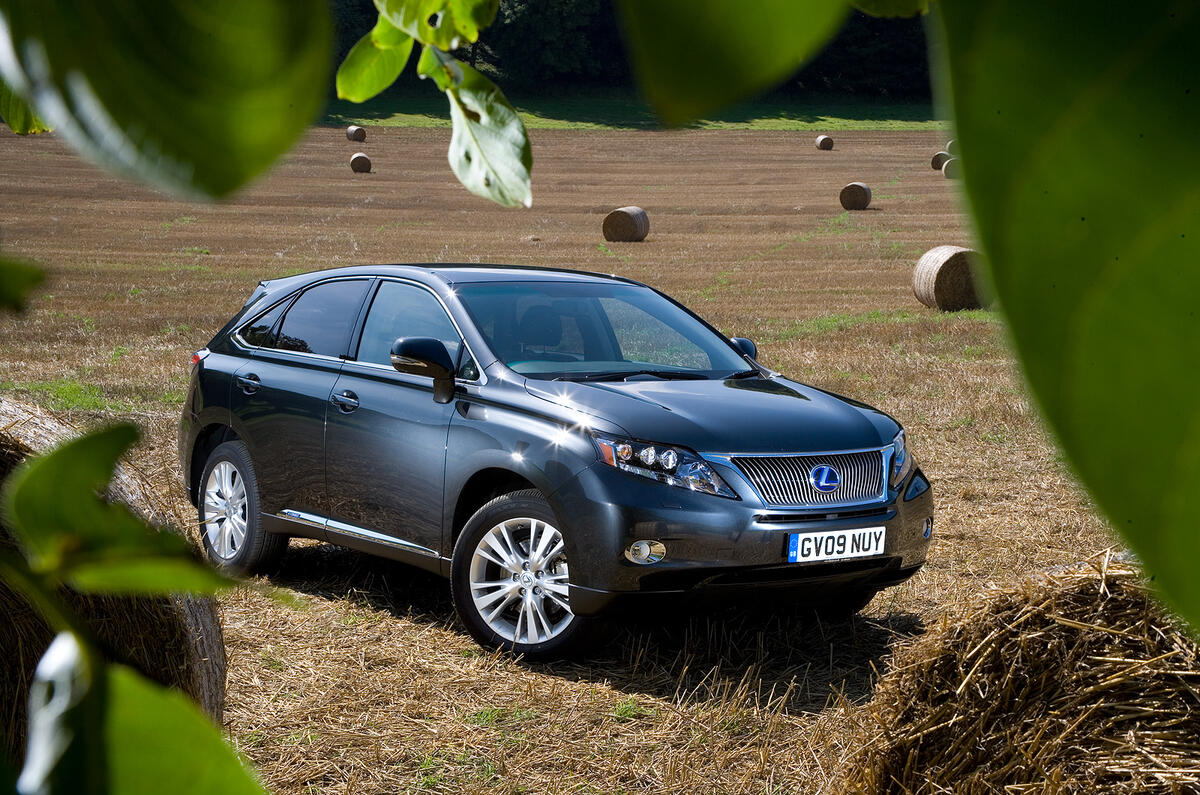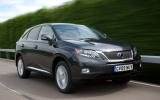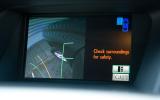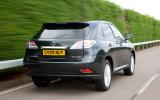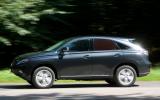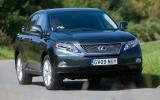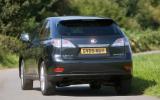The first-generation RX — the RX300 — was introduced in 1998 and continued in production until 2004. The second-generation model was first shown at the 2003 Detroit motor show, and a year later Lexus used the SUV to launch its hybrid programme. The hybrid RX was first introduced to the UK in May 2005, with 195g/km of CO2.
Lexus continues to believe that hybrid technology is superior to diesel power for its cars. This is the third generation of its RX sports utility vehicle and the second to be offered with a hybrid powertrain. In fact, the hybrid version is now the only RX offered in the UK, in a market dominated by large diesel engines.
Lexus’s persistence with the petrol/electric technology is driven by fewer particulate emissions and a smoother powertrain compared with diesel rivals. But if the headline figures for the new RX450h are anything to go by, class-leading CO2 emissions are on the cards too. This new RX450h has recorded 44.8mpg on the official European combined cycle, which makes its taxable carbon dioxide emissions figure just 145g/km. That’s not only substantially less than the latest Range Rover Sport TDV6, but also less than some superminis. That means it is eligible for a cheap tax disc and a low benefit-in-kind rating.
Your choice of RX trim levels comes down to two things: whether you want steel springs or air suspension and how much kit you want – although even the entry-level cars are reasonably specced.


